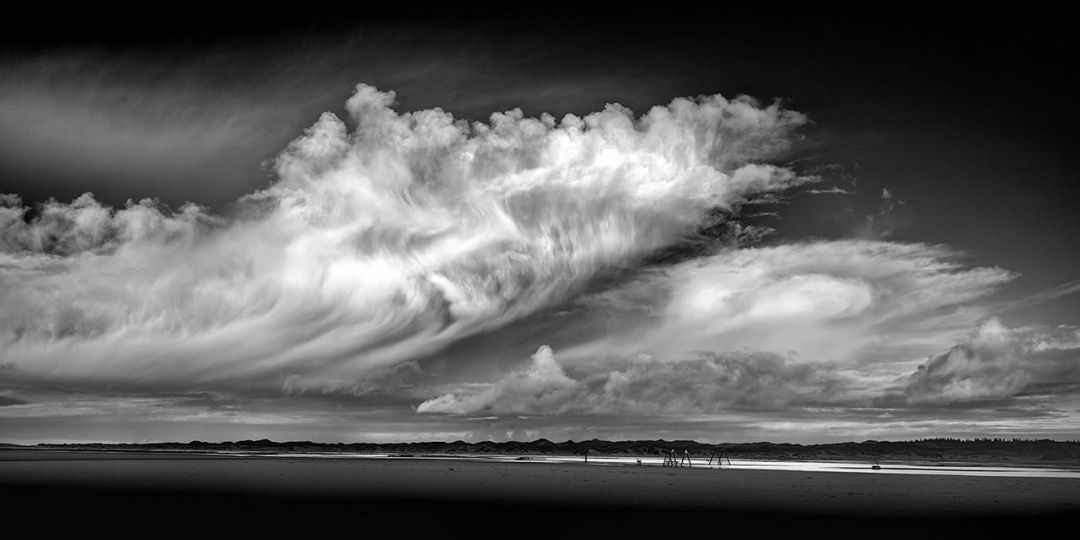On April 19th and 20th, the Institute of Contemporary Art San Francisco hosted the Visual Storytelling Summit, created by CatchLight, an organization supporting and promoting visual storytelling in the United States.
We look back on two days of conversations with artists, journalists, photo and technology professionals who discussed the state of the industry today while reporting on cultural and social issues shaped by global crises and their local repercussions.
A few days before the 2022 Summit, we published an interview with Elodie Maillet Storm, CatchLight CEO, about the Visual Storytelling Summit in San Francisco.
This event brought together many professionals in the visual journalism field, but also allowed us to take stock of this ecosystem, by drawing up a portrait of the stakes after two years of health crisis. Very active in the field of photojournalism in California and elsewhere in the United States, CatchLight supports both a local and international network of photographers, and awards grants of up to $30,000 per fellow each year to support creative work around visual journalism, local community history, the fight against misinformation and the social impacts that the current unstable times impose.
Between art and journalism, the boundaries are blurring to leave room for deep questioning about the evolution of our society and the importance of visual storytelling to bear witness and leave a trace of these transformations.
Placed under the theme “Healing the trust crisis”, this second edition offered —after the premiere discussions that analyzed the pitfalls and inequalities in this ecosystem, particularly on identity and gender issues— to look to the future by providing solutions and ideas to make this profession more just and more respected.
The under-representation of certain communities in the photographic industry was first discussed, with the release of the “State of Photography 2022 Report”, presented by journalist and professor Tara Pixley and CatchLight Global Fellow Daniella Zalcman, leading to question the role of photojournalists in society, their relationship with media, and above all the level of trust they must establish with the people, the situations, and the stories they document.
Through all the testimonies, and against the backdrop of the health crisis, viewers were able to measure the strength that is created in the face of difficulties (economic, cultural, identity, social…) and how each participant, at their level and with their experience, provides solutions. To photograph, to keep a trace, to document the situation of a population while having its confidence, such is the mission of most professional photographers today.
The proposed conversations also helped participants to understand that the task is not only hard to fight against misinformation, but becomes gigantic when it comes to the dissemination and monetization of these images in media, at a time when the Internet dominates and where images are reproduced endlessly without real regulation.
As Elodie Maillet Storm already mentioned in her interview, more than half of the full-time visual journalists working for newspapers have lost their jobs over the last ten years in the United States. On this subject, the presentation given by Jonathan Dotan, a member of the Stanford Research Center on blockchain and a Web3 specialist, was very interesting in order to understand how photojournalism can fit into this new architecture of the net, with the implementation of traceability coupled with the securing of the distribution and monetization of images.
Different facets of photojournalism were thus questioned during this event, which also featured exhibitions of photographs by CatchLight Fellows in connection with the roundtables, including the series “Red Summers: Domestic Terrorism 1917-1921” by Bayeté Ross Smith on the importance and role of archives on the social, political and economic trajectory of the United States; or the documentary Child of Empire by Sparsh Ahuja on the partition of India and Pakistan in 1947, to name a few.
An event rich in questions about the state of our society and the importance of preserving the “guardians of our images”, those who keep a visual record of our stories, from the most intimate to the most universal, with an approach that is at once journalistic, documentary and artistic.
You can find all the round tables on the website www.catchlight.io
Marie Pellicier
Following the 2022 CatchLight Storytelling Summit, CatchLight has selected the five new visual journalists that will become CatchLight Local Fellows, “partially subsidizing their full-time staff positions along with Report for America as they join California partner news organizations.”
Harika Maddala, Ximena Natera, Aryana Noroozi, Sree Sripathy, Larry Valenzuela will become part of the CatchLight Local Visual Desk in California, a new collaborative model for visual journalism that funds five to ten Visual Journalism Fellows, a Visual Editor, and CatchLight’s Editorial and Engagement Director for the next three years to help advance visual representation in local news in California.
This initiative was made possible with the support of five philanthropic organizations: the Enlight Foundation, the Kresge Foundation, the John S. and James L. Knight Foundation, the Hearst Foundations, in partnership with PhotoWings, for a combined investment of over $2 million.

















